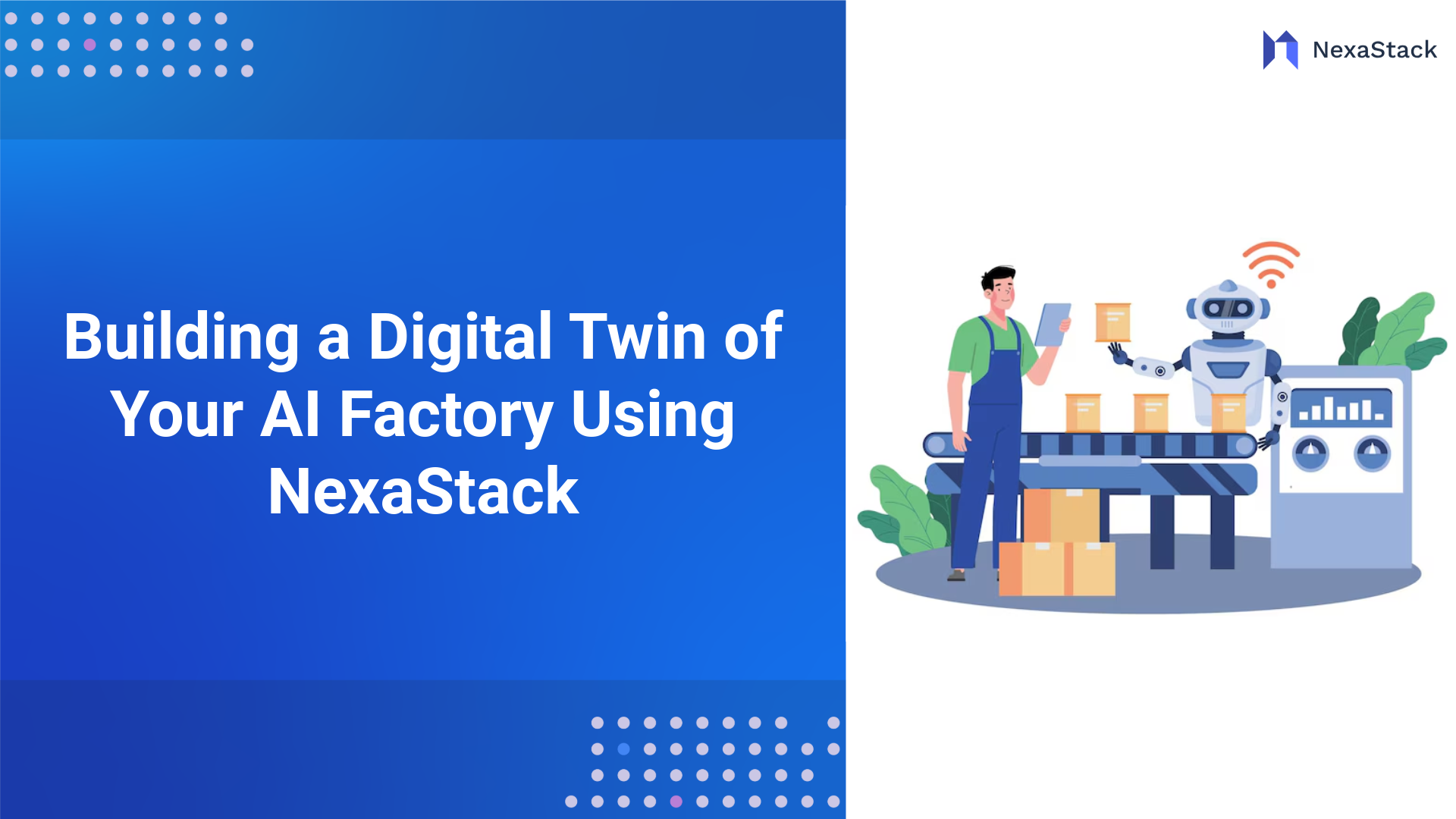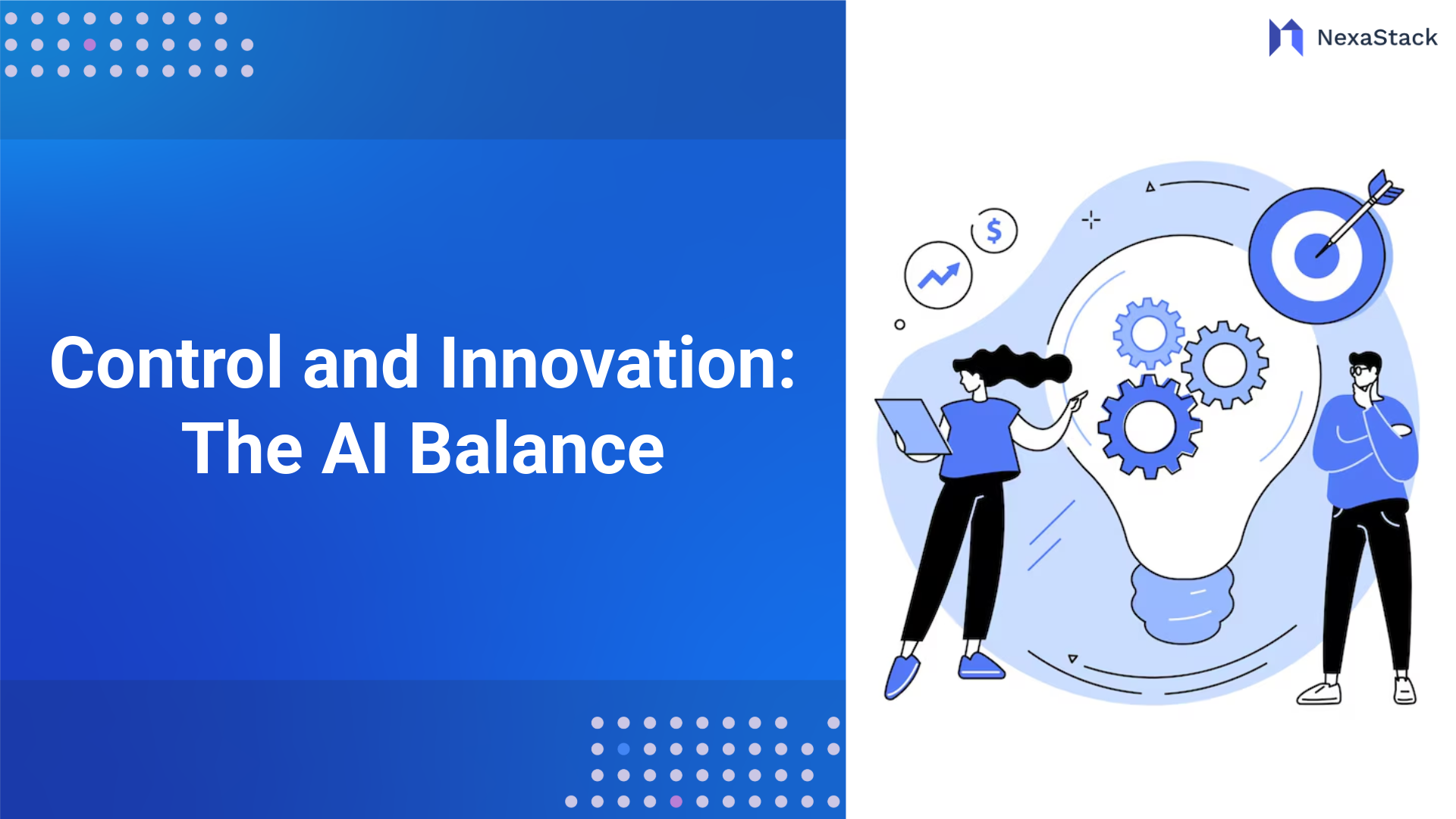Key Advantages of Open-Source LLMs
-
Full Control Over AI Integration: Developers can fine-tune open-source models to better fit their specific needs, optimising function calling for domain-specific applications.
-
Cost-Effectiveness: Running an open-source LLM on local or cloud-based servers eliminates per-call costs associated with proprietary APIs.
-
Privacy and Security: Open-source LLMs allow organisations to retain full control over their data without sharing it with third-party AI providers.
-
Customization and Extensibility: Developers can modify the model's architecture, integrate custom function calls, and create domain-specific AI solutions.
Competitive Advantage Assessment
Organizations that implement function calling in open-source LLMs gain a competitive edge in several ways:
- Faster Decision-Making: AI-driven automation speeds up operations by reducing manual intervention.
- Enhanced Customer Experience: Automated function calling enables instant, accurate responses in applications like customer support.
- Industry-Specific Customization: Unlike proprietary models, open-source LLMs can be fine-tuned for industry-specific use cases, such as healthcare, finance, or cybersecurity.
- Scalability: Open-source function calling allows businesses to scale AI capabilities without the constraints of API rate limits or vendor dependencies.
Implementation Strategy
To effectively implement function calling in open-source LLMs, organizations should follow a structured approach:
-
Define Use Cases: Identify key areas where function calling can improve productivity and efficiency.
-
Select the Right LLM: Choose an open-source model such as LLaMA, Falcon, or Mistral AI that supports function calling.
-
Develop Function Signatures: Create structured function signatures that define how the LLM interacts with external APIs and databases.
-
Integrate with Backend Systems: Ensure seamless communication between the LLM and backend applications.
-
Optimize for Performance: Continuously monitor and fine-tune the model for accuracy, latency, and cost-effectiveness.
Cost-Benefit Analysis
Implementing function calling with open-source LLMs requires an evaluation of costs and benefits:
Costs:
-
Infrastructure costs (hardware, cloud hosting, or on-prem deployment).
-
Initial setup and development time.
-
Maintenance and updates for ongoing model performance improvements.
Benefits:
-
Reduction in API costs compared to proprietary LLMs.
-
Increased efficiency through automation, reducing manual workload.
-
Greater control over AI operations, improving security and compliance.
-
Long-term ROI through scalable AI solutions tailored to business needs.
Risk Mitigation
While function calling enhances AI productivity, organizations must address potential risks:
-
Security Risks: Implement strong authentication mechanisms to prevent unauthorised function execution.
-
Bias and Accuracy: Regularly test and fine-tune the model to minimise biases and improve accuracy.
-
System Failures: Build fail-safe mechanisms to handle errors in function execution and ensure reliability.
-
Data Privacy Compliance: Ensure AI interactions adhere to regulations such as GDPR and HIPAA.
Change Management
Introducing function calling into existing workflows requires careful change management:
-
Stakeholder Buy-In: Educate teams on the benefits of AI-driven automation.
-
Training and Upskilling: Provide resources for employees to understand and utilise AI-enhanced workflows effectively.
-
Gradual Deployment: Start with pilot implementations before rolling out function calling across the entire organization.
-
Continuous Feedback Loop: Monitor user interactions and refine AI capabilities based on feedback.
Impact Measurement
To evaluate the success of function calling in open-source LLMs, organizations should track key performance indicators (KPIs):
-
Operational Efficiency: Measure the reduction in manual workloads and task completion time.
-
Cost Savings: Compare expenses before and after AI implementation.
-
User Satisfaction: Collect feedback from employees and customers to gauge effectiveness.
-
AI Performance Metrics: Analyse model response accuracy, latency, and error rates.
Real-World Applications of Function Calling with Open-Source LLMs
Automated Customer Support
LLMs can integrate with ticketing systems and knowledge bases to respond instantly to customer queries. By invoking relevant functions, AI can retrieve order details, process refunds, and offer troubleshooting steps dynamically.
AI-Powered DevOps and IT Automation
With function calling, AI-driven assistants can automate IT operations. For instance, an AI assistant for IT operations can process user requests for server status, restart services, or analyze logs by invoking the necessary functions.
Finance and Accounting Automation
Financial applications can integrate AI-powered assistants to handle tasks like retrieving balance summaries, categorizing transactions, or generating financial reports based on user queries. This makes it easier for users to access financial insights in a structured manner.
Healthcare and Diagnostics
AI-powered virtual assistants in healthcare can retrieve patient records, provide medication reminders, or assist with symptom analysis. Function calling ensures that such queries are resolved by fetching real-time data from patient databases, making healthcare AI more actionable.
Impact Measurement
To evaluate the success of function calling in open-source LLMs, organizations should track key performance indicators (KPIs):
-
Operational Efficiency: Measure the reduction in manual workloads and task completion time.
-
Cost Savings: Compare expenses before and after AI implementation.
-
User Satisfaction: Collect feedback from employees and customers to gauge effectiveness.
-
AI Performance Metrics: Analyze model response accuracy, latency, and error rates.
Future Trends in Function Calling with Open-Source LLMs
As AI continues to evolve, function calling in open-source LLMs is expected to advance in several ways:
-
Improved Model Architectures: Open-source communities rapidly enhance LLM capabilities, making function calling more efficient and accurate.
-
Better Integration with Low-Code/No-Code Platforms: Future developments will enable seamless AI integration with business applications, democratizing AI use.
-
Real-Time AI Orchestration: Advanced function calling will allow AI systems to coordinate multiple APIs and automation workflows dynamically in real time.
-
Enhanced Multi-Agent Collaboration: Function calling will enable multiple AI agents to work together, solving complex problems through distributed intelligence.
Function calling with open-source LLMs significantly advances AI-driven automation and productivity. By enabling models to interact with APIs, databases, and software applications, developers can build intelligent systems that go beyond text generation. Open-source LLMs provide the flexibility, cost-effectiveness, and privacy benefits needed for organizations to leverage AI at scale.
By assessing competitive advantages, implementing strategic change management, and mitigating risks, businesses can maximize the potential of function calling. As open-source AI ecosystems continue to grow, function calling will play a crucial role in shaping the next generation of AI-powered applications.






